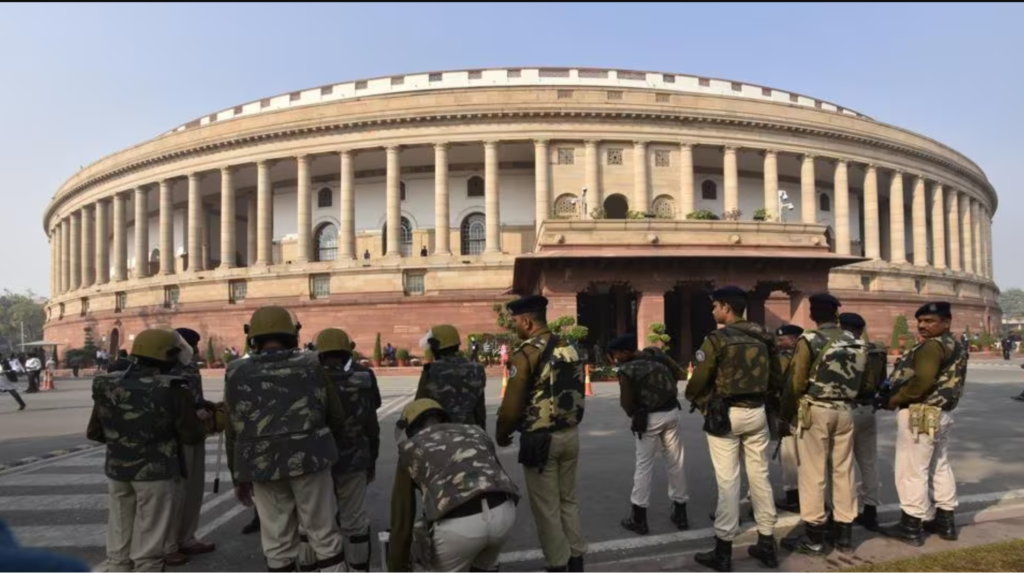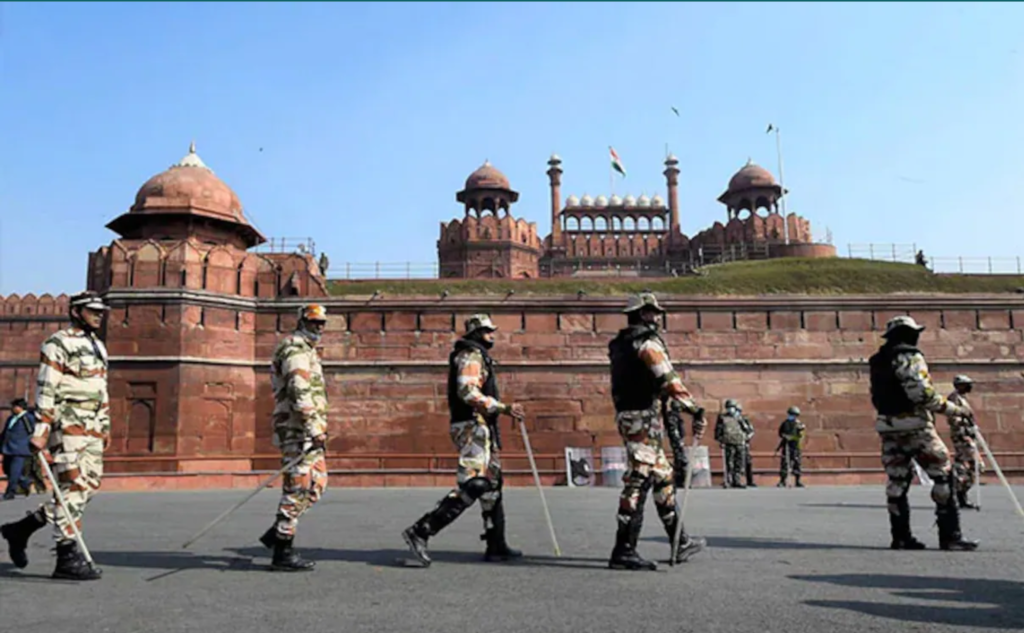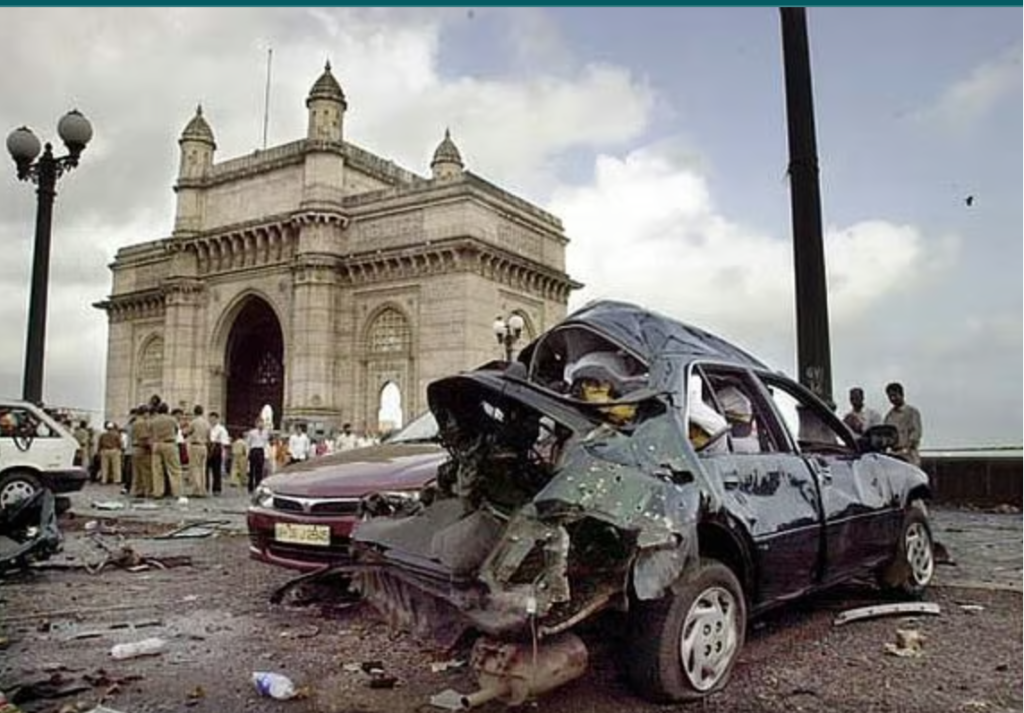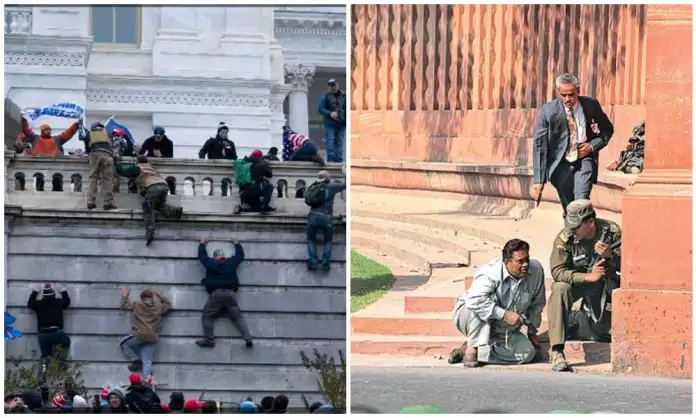Attacks on Indian Sovereign : The Indian Parliament, the supreme legislative body of the world’s largest democracy, has been the target of several attacks by terrorists and extremists over the years. These attacks have not only threatened the security and sovereignty of the nation, but also challenged the values and principles of the parliamentary system. Here is a brief overview of the major attacks on the Indian Parliament till now
Attacks on Indian mainland
13 December 2001:This was the most deadly and daring attack on the Indian Parliament, carried out by five terrorists belonging to the Pakistan-based militant groups Jaish-e-Mohammed (JeM) and Lashkar-e-Taiba (LeT). The attackers, armed with AK-47 rifles, grenades, and explosives, breached the security of the complex by using a fake car sticker and a red beacon. They opened fire at the security personnel and tried to enter the building where many MPs and ministers were present. The attack resulted in the deaths of nine people, including six security personnel, a gardener, and the five terrorists. The incident triggered a diplomatic and military crisis between India and Pakistan, as India accused Pakistan of sponsoring and supporting the attack
Also read : Soft Attack On Indian Parliament And Sync With 2001 Parliament Attack

Attacks on Indian
22 December 2000:This was the first terrorist attack on the Red Fort, a historic monument and a symbol of the Indian Republic, located near the Parliament. The attack was carried out by six terrorists of the LeT, who entered the fort by scaling the wall and opened fire at the guards. They also took some civilians hostage and tried to escape. The attack resulted in the deaths of three people, including two soldiers and a civilian. The attackers were later arrested or killed by the security forces

Attacks on Indian
21 May 1991: This was the assassination of Rajiv Gandhi, the former Prime Minister of India and the leader of the Congress party, who was campaigning for the general elections. The assassination was carried out by a female suicide bomber of the Liberation Tigers of Tamil Eelam (LTTE), a separatist group from Sri Lanka, who detonated a belt bomb while greeting Gandhi at a rally in Tamil Nadu. The assassination resulted in the deaths of 15 people, including Gandhi and the bomber. The motive behind the assassination was the LTTE’s resentment towards Gandhi for sending Indian peacekeeping forces to Sri Lanka in 1987

Attacks on Indian
8 November 1991: This was the first bomb blast on a train in India, targeting the Kalyan-bound local train in Mumbai. The blast was carried out by a group of Muslim extremists, who planted a bomb in the luggage rack of the train. The blast resulted in the deaths of 12 people and injured 65 others. The motive behind the blast was to avenge the demolition of the Babri Masjid, a disputed mosque in Ayodhya, by Hindu activists in 1992.

12 March 1993:This was the first serial bomb blasts in India, targeting 13 locations in Mumbai, including the Bombay Stock Exchange, the Air India Building, and the Shiv Sena headquarters. The blasts were carried out by a group of Muslim underworld dons, led by Dawood Ibrahim, who had links with the Pakistani intelligence agency ISI. The blasts resulted in the deaths of 257 people and injured over 700 others. The motive behind the blasts was to avenge the communal riots that erupted in Mumbai after the demolition of the Babri Masjid.

These attacks on the Indian Parliament and other related targets have shown the vulnerability and resilience of the Indian democracy, which has faced various internal and external threats and challenges. They have also highlighted the need for a strong and effective response and prevention mechanism, involving the government, the security forces, the judiciary, and the civil society, to safeguard the sovereignty and integrity of the nation, and to uphold the values and principles of the parliamentary system
Also read : An Eyewitness Tells What Transpired In Lok Sabha During The Parliament Attack




































